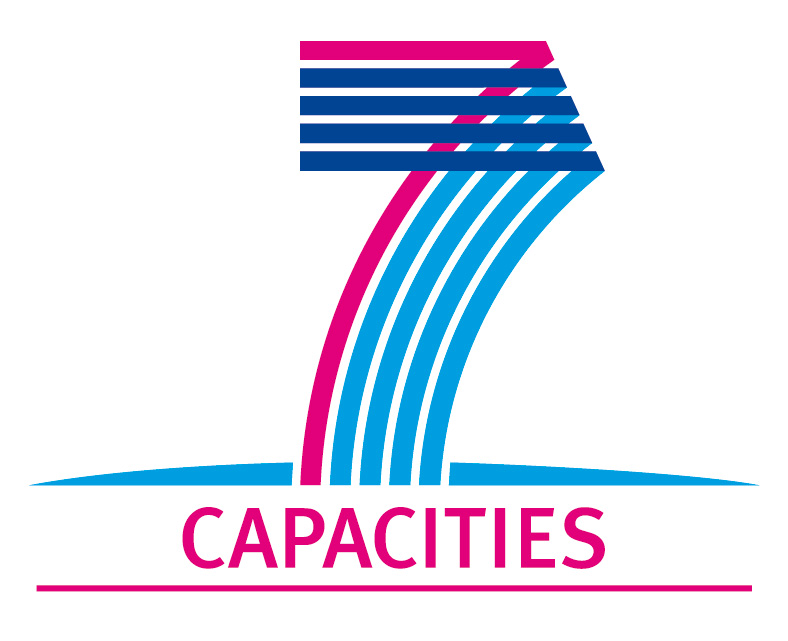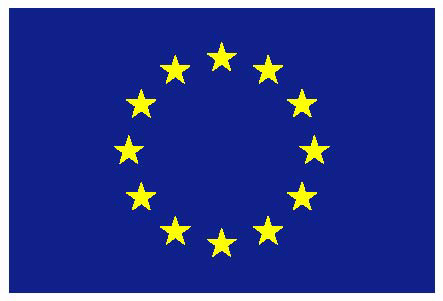You are here
FAQ
- Project has ended, what next?
- What is e-FISCAL about?
- Why is this important?
- Why is this difficult? Why not just track money spent per year?
- What methodology does the project use for estimating the costs?
- How is the data gathered?
- Confidentiality: who will have access to the data?
- What are the research computing services we talk about here?
- Do we have initial estimates on the costs?
- What do European taxpayers get in return for this investment?
1. Project has ended, what next?
Project approach is going to be used in some future cost assessment activities (such as EGI compendium) and the project partners are interested in providing consulting services or participating in other cost assessment activities in the future. Please see "What Next" page for more details.
2. What is e-FISCAL about?
The project calculates the annual cost of the European research computing infrastructures and splits it into different cost categories. It also estimates how these costs would change in different scenarios (growth of the infrastructure, new technologies).
3. Why is this important?
Without knowing the overall costs and having an idea how they might change, it is impossible to accurately plan long-term sustainability of the services. Cost modelling may also uncover areas where savings can be realised -mainly through optimising processes and services, such as pooling investments for specific services on a national or European level.
4. Why is this difficult? Why not just track money spent per year?
European computing infrastructures join together resources from numerous centres and countries. The funding for these centres tends to come from a mix of budget, project, private foundation and industrial collaboration funding. Some of the funding is targeted directly for computing services; some is included in the funding of research projects. Things get even more complicated when issues like the cost of buildings, electricity or networking (internet) are taken into account. Europe has literally tens of thousands of accounts that pay for parts of this infrastructure.
5. What methodology does the project use for estimating the costs?
There are many methods for studying service costs in existence, but after careful study, e-FISCAL found none were a good fit for the project. Methods like Total Cost of Ownership (TCO) tend to be used to look into the future, over the full lifetime fo, say, an equipment purchase. They use detailed data then make simulations based on future conditions. In comparison, techniques like Full Cost Accounting FCA) look at the actual costs incurred, through highly detailed line item input data and lengthy calculations. Both might work, depending on the circumstances, for a single organisation, but when assessing costs across the e-Infrastructure market a different approach was needed. We have chosen a method based on estimated operational costs from e-Infrastructure centres, to make data collection easy enough that we can reasonably ask participants to gather it. We then simulate annualised Infrastructure costs for 2010 and 2011 to give an estimated Annual COst of Ownership for those two years. See www.efiscal.eu/methodology for a more detailed explanation.
6. How is the data gathered?
The project uses questionnaires of different specificity to get overview information and to understand specific issues facing organisations with different scopes and purposes. The project may also follow-up with some organisations in person, to understand unusual situations or clarify data.
7. Confidentiality: who will have access to data?
The project partners, who have made an agreement to keep the information confidential, will have access to the data. The data will not be made public after the project lifetime, but it will be preserved by a partner or partners who will maintain the same level of confidentiality.
The focus of e-FISCAL is to capture the cost aspects of different service provision models as accurately as possible, and the confidentiality of the survey data is seen as a key prerequisite for this. The project has documented its confidentiality practices in more detail (covering e.g. questions related to technology and service providers) and reviews them periodically. The project has also prepared a sample report that illustrates the kind of reports the project aims at producing based on the survey data.
For further information about confidentiality and privacy issues please get in touch using the contact form or by sending an e-mail to info@efiscal.eu.
8. What are the research computing services we talk about here?
The research computing services are about the High Throughput Computing (HTC) and High Performance Computing (HPC) computing services of the European e-Infrastructure. These are mainly developed by the EGI and PRACE initiatives. We use the following definitions, from the e-IRG White paper 2011:
e-Infrastructure or electronic infrastructure covers ICT-related infrastructure and services, such as networking, computing, data and software components. e-Infrastructure by default refers to research, as the term was introduced by the EC, and can be also described as e-RI (in ESFRI terminology).
High Performance Computing (HPC) or capability computing refers to serving at one single moment in time a coarse number of specialised computing tasks requiring an extremely powerful and tightly integrated computing system.
High Throughput Computing (HTC) or capacity computing refers to serving an extremely large number of parallel tasks on a large scale computing infrastructure.
9.Do we have estimates on the costs?
Estimates are availiabe in Deliverable D2.2 under http://www.efiscal.eu/deliverables. The final estimates will be published soon in Deliverable D2.3 under the same link.
A rough exercise was also performed as part of the e-IRGSP2 project, which supports the e-Infrastructure Reflection Group, and EC backed think tank on e-Infrastructure issues. A public deliverable including these results for earlier years is available. [e-IRGSP2 initial results]
10.What do European taxpayers get in return for this investment?
The common e-Infrastructure enables a very broad range of research and provides common European research tools and approaches from the undergrad to post doc level. Some of these research ventures are thought to be critical for European competitiveness (such as the ESFRI roadmap projects), but just as importantly, the common infrastructure allows for a free exchange of ideas and innovation across the continent. The importance of this is clearly stated in the various strategic documents, such as the Digital agenda and the Innovation Union – e-Infrastructure enables both executing big plans (carbon-neutral economy) and allows small ideas to grow into major innovations (next World Wide Web or Angry Birds).


